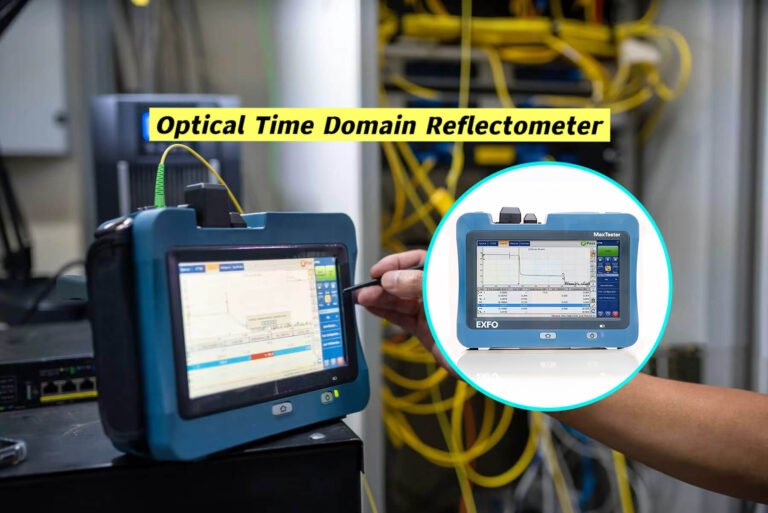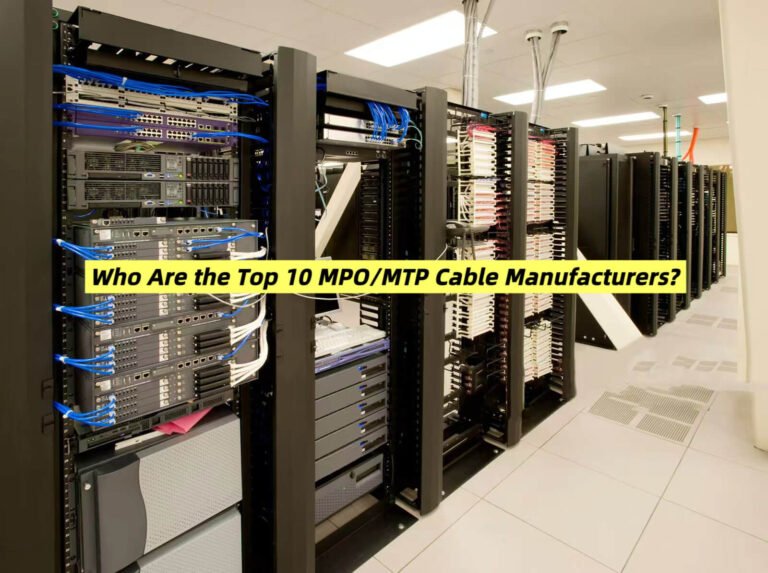What Are OPGW Cables and Why Are They Crucial for High Voltage Power Lines?

In the world of high voltage power lines, ensuring both effective communication and reliable grounding is a significant challenge. OPGW (Optical Power Ground Wire) cables provide a smart solution by combining robust electrical grounding with high-speed optical communication—all in one cable. This dual-purpose design not only improves the reliability of the power grid but also enhances its overall performance and safety.
OPGW cables are essential for high voltage power lines because they integrate the functions of a traditional ground wire with those of an optical fiber cable. Their unique design offers mechanical strength, lightning resistance, and rapid data transmission, making them a cornerstone of modern power infrastructure.
As the demand for efficient and reliable power transmission grows, innovations like OPGW cables become increasingly important. They mark a pivotal shift in how high voltage lines are managed, ensuring that power grids can handle both the electrical and communication needs of today’s technology-driven world.
How Do OPGW Cables Enhance High Voltage Power Line Efficiency?
OPGW cables are engineered to address the dual needs of electrical grounding and data communication in high voltage networks. By replacing conventional ground wires, they not only offer improved performance but also streamline system architecture. These cables are deployed in power grids operating at 110KV, 220KV, and 500KV, where their reliability is critical.
OPGW cables enhance power line efficiency by providing mechanical strength, effective lightning protection, and high-speed data connectivity. This integration supports vital functions such as relay protection and automatic control, ensuring the grid remains robust and responsive.
To achieve this efficiency, OPGW cables are available in different constructions tailored to specific applications. Two common designs are the Central Loose Tube Type and the Multi Loose Tube Type. Each option is optimized either for moderate fiber count needs with strong mechanical protection or for high fiber capacity with increased flexibility.
Central Loose Tube Type: Features and Applications
The Central Loose Tube Type features optical fibers loosely housed within a sealed, water-resistant stainless steel tube. Reinforced with layers of aluminum-clad steel or similar protective materials, this design delivers both strength and reliable conductivity.
| Feature | Description |
|---|---|
| Fiber Protection | Optical fibers are safeguarded by a stainless steel tube with water-blocking gel. |
| Mechanical Strength | Reinforced with aluminum-clad steel or alloy wires for enhanced durability. |
| Application | Ideal for traditional power line setups with moderate fiber count needs. |
Multi Loose Tube Type: High Fiber Count Solutions
The Multi Loose Tube Type is designed for applications requiring a higher number of optical fibers. It features multiple stainless steel optical tubes, providing both high capacity and improved flexibility.
| Feature | Description |
|---|---|
| Fiber Capacity | Supports high fiber counts, often exceeding 48 fibers, with options for even higher capacities. |
| Strand Configuration | Helically stranded in multiple layers for superior mechanical protection. |
| Application | Suitable for complex power grids that demand extensive communication capabilities. |
What Materials and Standards Govern OPGW Cable Manufacturing?
The production of OPGW cables involves meticulous selection of materials and strict adherence to international standards to ensure optimal performance and durability. High-quality optical fibers made from high-purity silica and germanium-doped silica, protected by a UV-curable acrylate coating, form the core. These fibers are then encased in stainless steel tubes filled with water-blocking gel, offering robust protection against environmental stressors.
International Standards Compliance
OPGW cables are manufactured to meet rigorous international standards, ensuring they perform reliably in high-voltage applications. Key standards include:
- IEC 60793-1 and IEC 60793-2: Specifications for optical fibers.
- ITU-T G.652 and G.655: Standards for single-mode optical fibers.
- IEC 60794-4-10: Requirements for aerial optical cables along electrical power lines.
- IEEE 1138-2009: Testing and performance criteria for OPGW cables.
Why Are OPGW Cables Preferred for Modern Power Grids?
OPGW cables have become the preferred choice in modern power grids due to their numerous advantages:
- Mechanical Strength and Lightning Resistance: Engineered to withstand harsh conditions, OPGW cables provide robust protection for high-voltage conductors against lightning strikes and mechanical stress.
- Communication and Compact Design: Embedded optical fibers enable high-speed data transmission crucial for modern grid management, while the compact design reduces sag and minimizes additional load on transmission towers.
- Integrated Functionality: By combining grounding and communication, OPGW cables simplify system design and reduce the need for multiple separate installations.
Conclusion
In summary, OPGW cables are a vital component of high voltage power lines, offering an integrated solution that combines grounding with high-speed data communication. Their robust construction, adherence to international standards, and versatile design options make them indispensable for modern power grids. As the energy sector evolves, the role of OPGW cables in enhancing grid efficiency, safety, and reliability will continue to be critical in meeting the challenges of today’s demanding environments.




